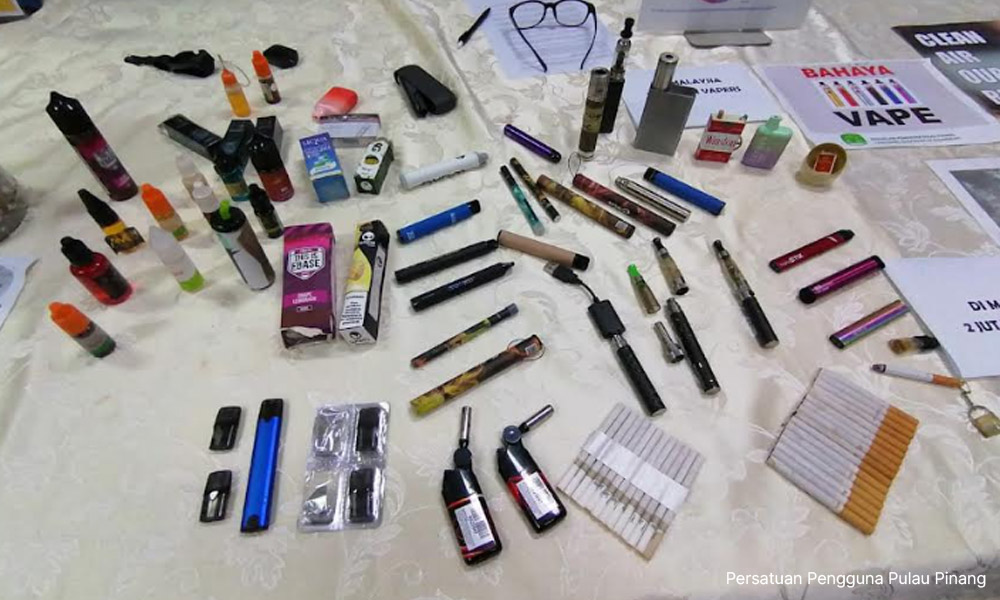LETTER | Ban smoking, vaping in schools to protect children
LETTER | Today, the World Health Organization released two new publications, “Freedom from tobacco and nicotine: A guide for schools,” and “Nicotine- and tobacco-free school toolkit” to help protect children’s health just in time for back-to-school season in many countries.
The tobacco industry relentlessly targets young people with tobacco and nicotine products resulting in e-cigarette use increasing and nine out of 10 smokers starting before the age of 18.
Products have also been made more affordable for young people through the sale of single-use cigarettes and e-cigarettes, which typically lack health warnings.
Regulators in the US last month warned companies to stop selling illegal e-cigarettes that appeal to youth by resembling school supplies, cartoon characters, and even teddy bears.
WHO Health Promotion director Dr Ruediger Krech said that whether sitting in class, playing games outside or waiting at the school bus stop, we must protect young people from deadly second-hand smoke and toxic e-cigarette emissions as well as ads promoting these products.
The new guide and toolkit are step-by-step manuals for schools to create nicotine- and tobacco-free campuses, but it takes a “whole of school” approach – which includes teachers, staff, students, parents, etc.
The guide and toolkit include topics on how to support students to quit (the habit), education campaigns, implementing policies and how to enforce them.
The guide highlights four ways to foster a nicotine- and tobacco-free environment for young people such as:
Banning nicotine and tobacco products on school campuses;
Prohibiting the sale of nicotine and tobacco products near schools;
Banning direct and indirect advertisements and promotion of nicotine and tobacco products near schools; and
Refusing sponsorship or engagement with tobacco and nicotine industries.

Countries worldwide were highlighted in the publication as having successfully implemented policies that support tobacco and nicotine-free campuses including India, Indonesia, Ireland, Kyrgyzstan, Morocco, Qatar, Syria, Saudi Arabia, and Ukraine.
The new WHO guide can help create nicotine- and tobacco-free schools that help keep kids healthy and safe.
Nicotine- and tobacco-free policies help to prevent young people from starting to smoke; create a healthier, more productive student body; protect youth from toxic chemicals in second-hand smoke; reduce cigarette litter; and cut cleaning costs.
To protect people’s health, WHO encourages all countries to make all indoor public places completely smoke-free, in line with Article Eight of the WHO Framework Convention on Tobacco Control.
Statement was issued by the World Health Organization.
The views expressed here are those of the author/contributor and do not necessarily represent the views of Malaysiakini.
RM12.50 / month
- Unlimited access to award-winning journalism
- Comment and share your opinions on all our articles
- Gift interesting stories to your friends
- Tax deductable
